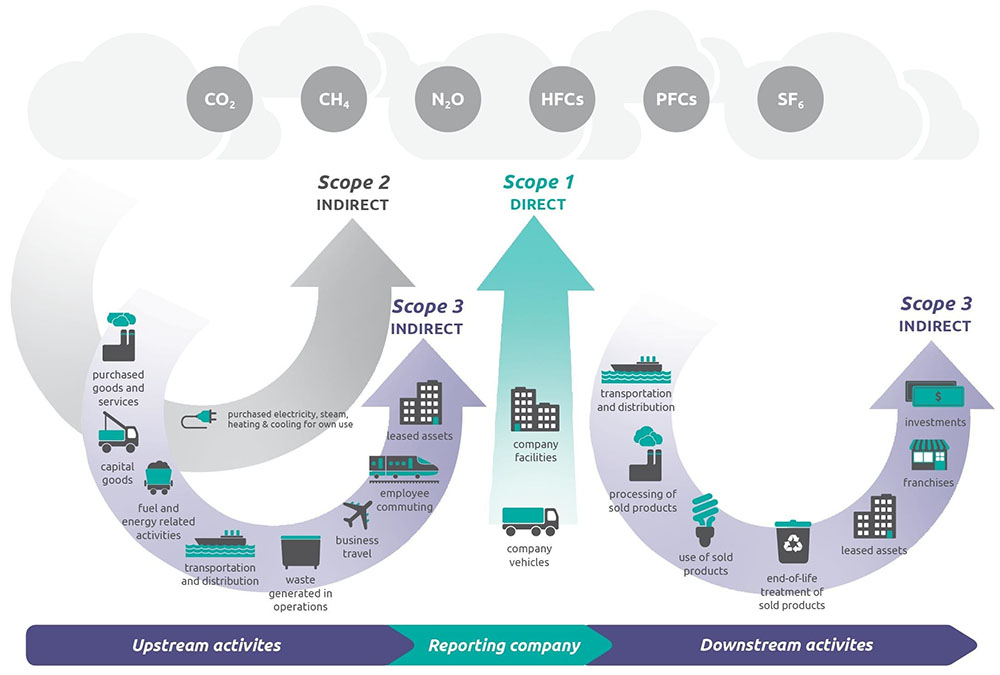Non-financial information
Information published in the summary of non-financial information is valid for 2018 and relates to the main operations of Arion Bank. The subsidiaries are not included. Data from 2015, 2016 and 2017 are included for comparison.
Key to terms used
- The letters E, S and G refer to the environment, society and governance as set out in the ESG reporting guide for the Nasdaq Nordic and Baltic exchanges. See the Nasdaq website for more information.
- GRI stands for Global Reporting Initiative. GRI helps companies and institutions analyze, collect and publish information on the economic, environmental and social impact of their activities. See the GRI website for more information.
- UNGC stands for United Nations Global Compact. By participating in the Global Compact companies or institutions commit to working towards the UN’s Ten Principles on sustainability. See the United Nations Global Comapct website for further details.
Environment
Society
Governance
Integrity
A summary of non-financial information for 2018 was prepared in collaboration with the Icelandic innovation company Klappir Green Solutions. Klappir specializes in consultancy and technical web and business solutions relating to sustainability. Such input from third parties enhances the reliability and quality of the material presented in the report.
Methodology for environmental accounting
In 2016 we began to use software which collects measurements from each operating unit and passes them on into a central environmental database. In the database the data are processed, the greenhouse gas emissions calculated and the company’s carbon footprint is calculated.
The information is published in the software's user interface which is designed to provide a clear overview of environmental issues and different areas of the business this helps the management achieve the desired results. The implementation of this scheme is going according to plan.
When calculating Arion Bank’s environmental bottom line, we use The Greenhouse Gas Protocol which is a standardized methodology which has been implemented at a number of companies with good results. Arion Bank has underlined the importance of implementing its climate project within the framework of Icelandic and international legislation and regulations on the environment.
The diagram below describes the methodology according to which greenhouse gas emissions are divided into three categories, Scopes 1, 2 and 3. Broadly speaking emissions originate from the transportation of supplies to the company, from the company’s operations and from the transportation of goods and services from the company. Scopes 1, 2 and 3 are divided into direct and indirect greenhouse gases.

Scope 1 contains emissions which are considered to be a direct consequence of a company’s operations. In the case of Arion Bank this refers to running our own business premises and vehicles. Emissions of this type are considered to be a direct consequence of operations.
Scope 2 contains emissions relating to electricity consumption and heating. Emissions of this type are considered to be an indirect consequence of operations.
Scope 3 contains indirect emissions from services provided to the Bank. In the case of Arion Bank this refers to various kinds of waste disposal at the Bank and business trips in Iceland and abroad. Efforts are being made to better manage other factors included under Scope 3, such as vehicle journeys by employees to and from work.
The main greenhouses gases are: carbon dioxide (CO2), methane (CH4), nitrous oxide (N2O), hydrofluorocarbons (HFC), perfluorocarbons (PFC) and sulfur hexafluoride (SF6). Greenhouse gases have different levels of significance and therefore they are converted into a carbon dioxide equivalent (CDE) to provide a comprehensive picture of emissions.